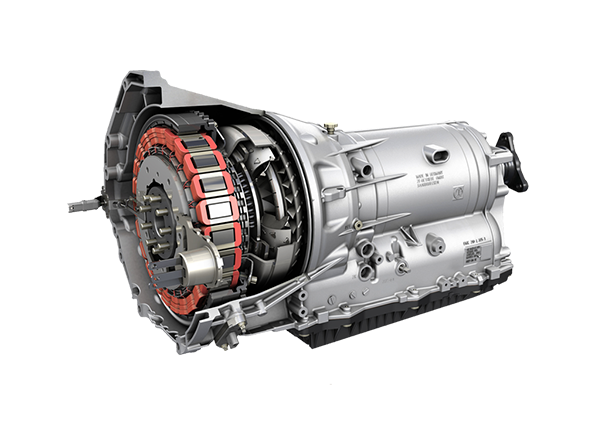Introduction
Transmission is one of the most important components in a vehicle. It is responsible for transferring power from the engine to the wheels and helps to control speed and torque. A transmission can last anywhere from 50,000 miles to 200,000 miles depending on its type, how it’s used, and how well it’s maintained. In this article we will discuss how long transmissions typically last and what factors affect their longevity.
Types of Transmissions
There are several types of transmissions available on the market today including manual, automatic, dual-clutch automated manual (DSG), continuously variable (CVT), hybrid electric/gasoline powered vehicles (HEV) as well as other specialized units such as those found in heavy-duty trucks or race cars. Each type has its own set of advantages and disadvantages that should be considered when selecting a transmission for your vehicle.
Manual Transmission: Manual transmissions are generally less expensive than their automatic counterparts but require more effort from the driver due to having to shift gears manually with a clutch pedal. They also tend to have shorter lifespans due to increased wear on parts like synchronizers which help smooth out gear shifts during operation. On average they can last up to 100k miles before needing major repairs or replacement depending on driving habits and maintenance schedule followed by owner(s).
Automatic Transmission: Automatic transmissions use hydraulic fluid pressure instead of mechanical linkages between gears allowing them greater flexibility when shifting between speeds without requiring any input from the driver beyond pressing down accelerator pedal or releasing brake pedal if necessary while moving forward/backward respectively; however this comes at cost higher complexity which leads higher chances failure over time even with regular maintenance schedules being followed properly leading average lifespan range anywhere between 50k - 150k miles again depending upon usage & upkeep habits followed by owner(s).
Dual Clutch Automated Manual (DSG): DSGs combine aspects both manual & automatic transmissions into single unit providing drivers convenience similar an auto trans while still retaining some sporty characteristics associated with manuals such as faster gear changes & smoother acceleration; however these come at price significantly higher complexity meaning potential problems may arise sooner rather than later making them suitable only certain applications where performance takes precedence over reliability – typical lifespan here falls somewhere around 60k - 120k miles once again based upon usage patterns & maintenance routines observed by user(s).
Continuously Variable Transmissions (CVT): CVTs offer smooth transitions between different speeds using belts pulleys rather than fixed gears thus eliminating need for frequent shifting during normal operation; however they do require special fluids that must be changed regularly order maintain optimal performance levels otherwise issues could arise prematurely reducing life expectancy drastically – usually ranging anywhere 40K - 90K Miles depending upon driving style adopted along with servicing intervals adhered too closely by user(s).
Hybrid Electric/Gasoline Powered Vehicles (HEV): HEVs utilize combination gasoline engines electric motors provide better fuel economy compared traditional combustion engines while still maintaining adequate power output needed everyday tasks – since majority components involved these systems relatively new technology there isn’t much data available regarding expected lifespans yet though estimates suggest they could reach upwards 150K Miles given proper care taken ensure all elements working optimally throughout duration ownership period accordingly .
Used 4L60E Transmission: The 4L60E is an electronically controlled four-speed automatic transmission produced by General Motors beginning in 1993 until 2006 when it was replaced by 6L80E model series; despite being older design many examples remain serviceable condition thanks availability aftermarket parts repair kits readily available online stores dedicated solely purpose extending life these units further past factory specifications normally quoted manufacturer literature indicating maximum distance traveled approximately 150K Miles assuming regular oil changes scheduled tune ups carried out every 30K Miles so forth keeping mind course any pre-owned item always carries risk unknown damage unseen prior purchase hence why thorough inspection highly recommended prior committing purchase especially case used 4L60Es sourced second hand markets like Craigslist eBay etcetera .
Conclusion
In conclusion, there is no definitive answer as to how long a transmission will last because each type has its own unique characteristics that can affect its longevity. Factors such as driving habits, maintenance schedules, quality of parts used in construction all play a role in determining just how far you can expect your car's transmission system go before needing major repairs or replacement altogether regardless whether brand new off showroom floor pre owned sourced through secondary channels like classified ads websites etcetera . Ultimately best way find out exactly what kind mileage you should expect get yours particular make model year would speak directly dealership mechanics who specialize field then take steps necessary extend operational lifetime possible through following advice provided ensuring regular checkups done keep running smoothly trouble free manner possible .


